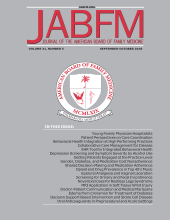Abstract
The law of diminishing returns, first described by economists to explain why, beyond a certain point, additional inputs produce smaller and smaller outputs, offers insight into many situations encountered in clinical medicine. For example, when the risk of an adverse event can be reduced in several different ways, the impact of each intervention can generally be shown mathematically to be reduced by the previous ones. The diminishing value of successive interventions is further reduced by adverse consequences (eg, drug-drug, drug-disease, and drug-nutrient interactions), as well as by the total expenditures of time, energy, and resources, which increase with each additional intervention. It is therefore important to try to prioritize interventions based on patient-centered goals and the relative impact and acceptability of the interventions. We believe that this has implications for clinical practice, research, and policy.






